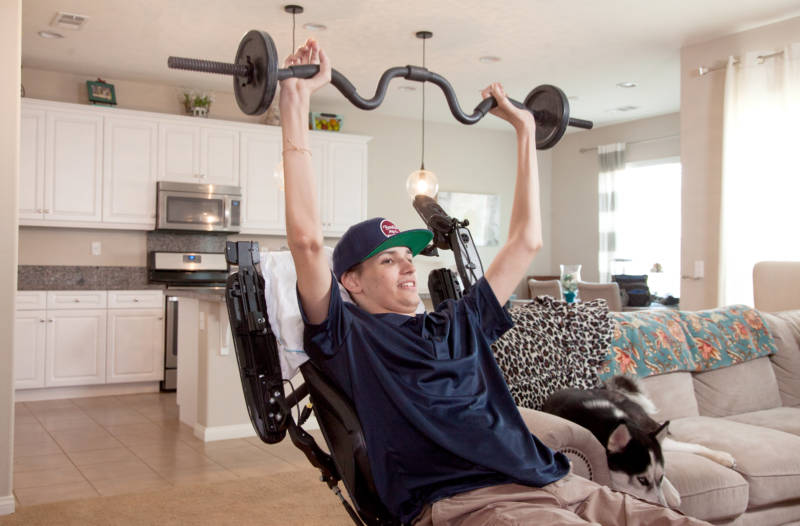Patients with spinal injuries have continued to heal long after they’ve received an initial injection of stem cells, according to data released Oct. 2 by the biotech company conducting a clinical trial on the treatment.
One year after six patients with severe spinal injuries were dosed with 10 million stem cells, four in the group have recovered at least two full motor levels of movement on at least one side of their bodies. That degree of improvement, based on the International Standards for Neurological Classification of Spinal Cord Injury scale, is about twice the rate of recovery patients historically see, according to the company, Asterias Biotherapeutics of Fremont, California.
"The rate of recovery at 12 months is more than double the rates of recovery seen at 12 months in both matched historical controls (29%) and published data in a similar patient population (26%)," the company wrote in a press release.
According to Edward Wirth III, chief medical officer at Asterias, all six patients in the second cohort of the study progressed at least one motor level on one side; three patients improved two levels on one side; and one patient advanced three motor levels on one side. In addition, Wirth said, almost all the patients showed improvement on both sides of their bodies, and two of them jumped two motor levels on both sides.
Regaining two motor levels in spinocervical patients is significant. That could make the difference between full paralysis from the neck down, a condition that would require a ventilator to breathe, versus regaining some arm, hand and finger movement, allowing patients to take care of many of life’s daily tasks unassisted.
